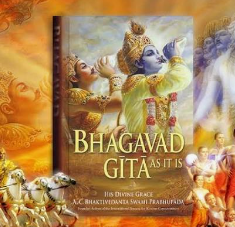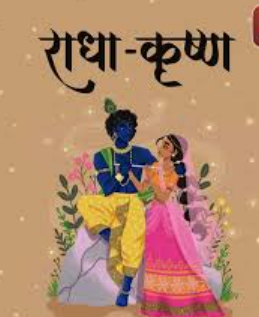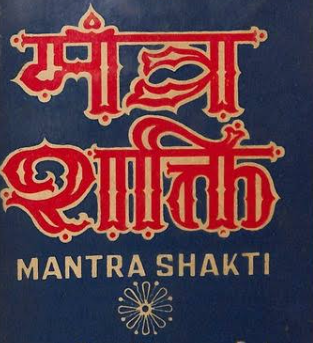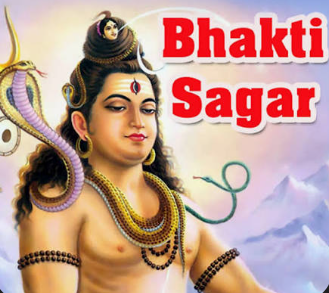


















































Shrimad Bhagavad Gita: The Eternal Message of Life Read Shrimad Bhagavad Gita in Hindi: With Verse Meanings The Shrimad Bhagavad Gita, often shortened to the Gita, is not merely a religious scripture; it is a practical philosophy for the art of living. It is a part of the great epic Mahabharata and consists of 700 verses across 18 chapters. The wisdom of the Gita was revealed on the battlefield of Kurukshetra when Arjun, overwhelmed with confusion and moral dilemma (moha), refused to fight against his own kin. The sermon given to him by Lord Krishna, who was his charioteer, forms the foundation of the Gita. ... The Central Message of the Gita: Nishkama Karma The most vital lesson of the Gita is the principle of Nishkama Karma or selfless action. Lord Krishna teaches that a person's duty is to perform their actions, but without attachment to the results. The feeling that "I am the doer" (ego) is the root cause of all bondage and sorrow. The Gita does not preach escapism from action; instead, it shows the path of Karma Yoga—performing one's duty with a sense of dedication to the Divine. The Three Main Paths in the Gita: 1. Karma Yoga: The path for active individuals. It involves selflessly performing one's duty with complete sincerity. 2. Jnana Yoga: The path for contemplative individuals. It means acquiring intellectual and spiritual knowledge of the true nature of the soul, the Supreme, and the world. 3. Bhakti Yoga: The path for people of an emotional nature. It illustrates the path of complete surrender and loving devotion to God. According to the Gita, all three paths ultimately lead to the same goal—Moksha (liberation). Key Themes of the Gita · The Immortality of the Soul: The Gita clarifies that the soul is neither born nor does it die. The body is perishable, but the soul is eternal. This knowledge dispels the fear of death. · The Characteristics of a Sthitaprajna (Steady-minded Person): Lord Krishna describes the qualities of a person whose mind is stable. A Sthitaprajna remains equipoise in happiness and sorrow, profit and loss, and victory and defeat, always abiding in the self. · Following One's Swadharma (Own Duty): It is better to perform one's own duty (Swadharma), as per one's nature, than to perform another's duty (Paradharma), even if it appears more attractive. · Rising Above Dualities: The Gita inspires humans to rise above dualities like heat and cold, pleasure and pain, and remain in a state of balance. The Relevance of the Gita in Modern Life In today's stressful and competitive life, the philosophy of the Gita becomes even more significant. It teaches us: · Stress Management: Letting go of anxiety for results and focusing on action is the greatest tool for reducing stress. · Decision-Making Ability: In a state of confusion, like Arjun, the knowledge of the Gita provides guidance for making the right decisions. · Life Balance: The Gita teaches us to strike a balance between enjoyment and renunciation. It provides a balanced perspective towards life. Conclusion The Shrimad Bhagavad Gita is an unfathomable ocean where every reader can find the mantra for life according to their understanding. It is not meant to be merely read, but to be implemented in life. On our website, you can access the complete text of the Gita, with simple Hindi translation and the meaning of the verses. Read this eternal wisdom, absorb it, and bless your life.

|

|

|

|

|

|

|

|

|

|

|

|

|

|

|

|

|

|

|

|

|

|

|

|

|

|

|

|

|

|

|

|

|

|

|

|

|

|

|

|

|

|

|

|

|

|

|

|

|

|

|